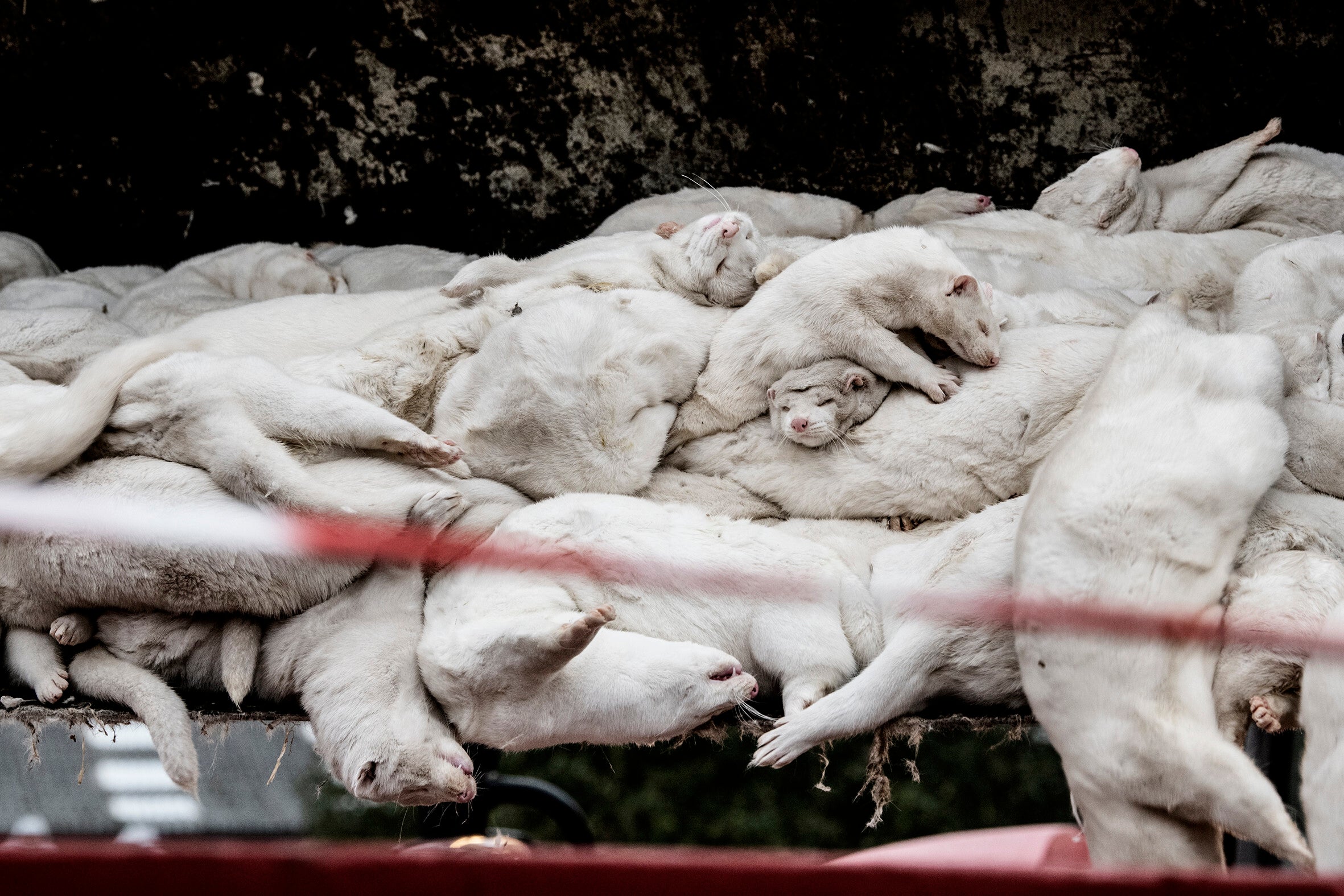‘Zombie mink’ rise from Denmark graves post controversial mass-culling over virus fears
Wed 02 Dec 2020
Denmark now plans to dig up thousands of culled mink to prevent the spread of the coronavirus, after the animal carcasses began to bloat out of their mass graves.
According to Danish state broadcaster TV2, the gas used to kill the mammals caused the bodies to swell and resurface, prompting the media to dub them “zombie mink.”
Earlier this month, Denmark gave a sweeping order to cull all farmed mink after a finding concluded that 12 people had been infected by a mutated strain of the virus linked to COVID-19, passing from humans to mink and back to humans.
Some 17 million of the creatures were then gassed and buried in trenches in a military zone in western Denmark.
On Friday, Denmark’s minister for agriculture, Rasmus Prehn, offered one solution of exhuming and burning the mink — this would require the approval of the country’s environment agency.
However, TV2 reports that the dead mink will instead be disinfected and reburied.
Prehn stepped into the role of Minister for agriculture after his predecessor, Mogens Jensen, was ousted over the cull order, which was determined to be cruel and illegal.
This did not halt the culling program, however, and the speed of the killings, which involved gassing large numbers of mink in large boxes, raised several ethical concerns.
A video of a failed killing with the graphic footage of a lone survivor struggling in a box of its dead kin has gone viral since, sparking outrage.
Foreign minister of Denmark, Jeppe Kofod, has defended the country’s “decisive” action saying that they “would rather go a step too far, then take a step too little to combat COVID-19.”
Other European countries to follow in Denmark’s controversial footsteps were Spain and the Netherlands who also this year led the culling of hundreds of minks over fears of outbreaks stemming from the coronavirus mutations detected in the animals.
[Sourced from Agencies]

 Apr 23 2024
Apr 23 2024













